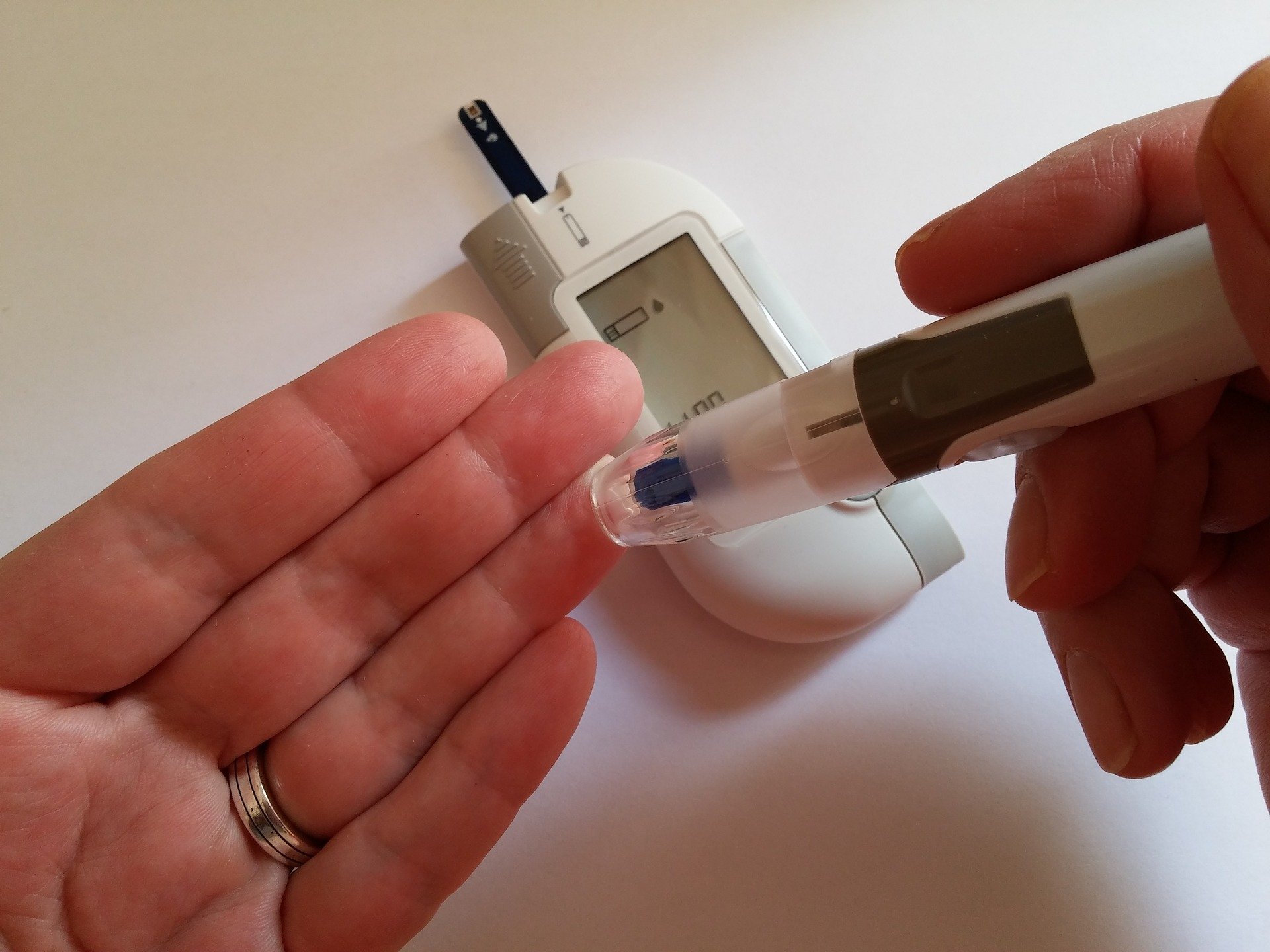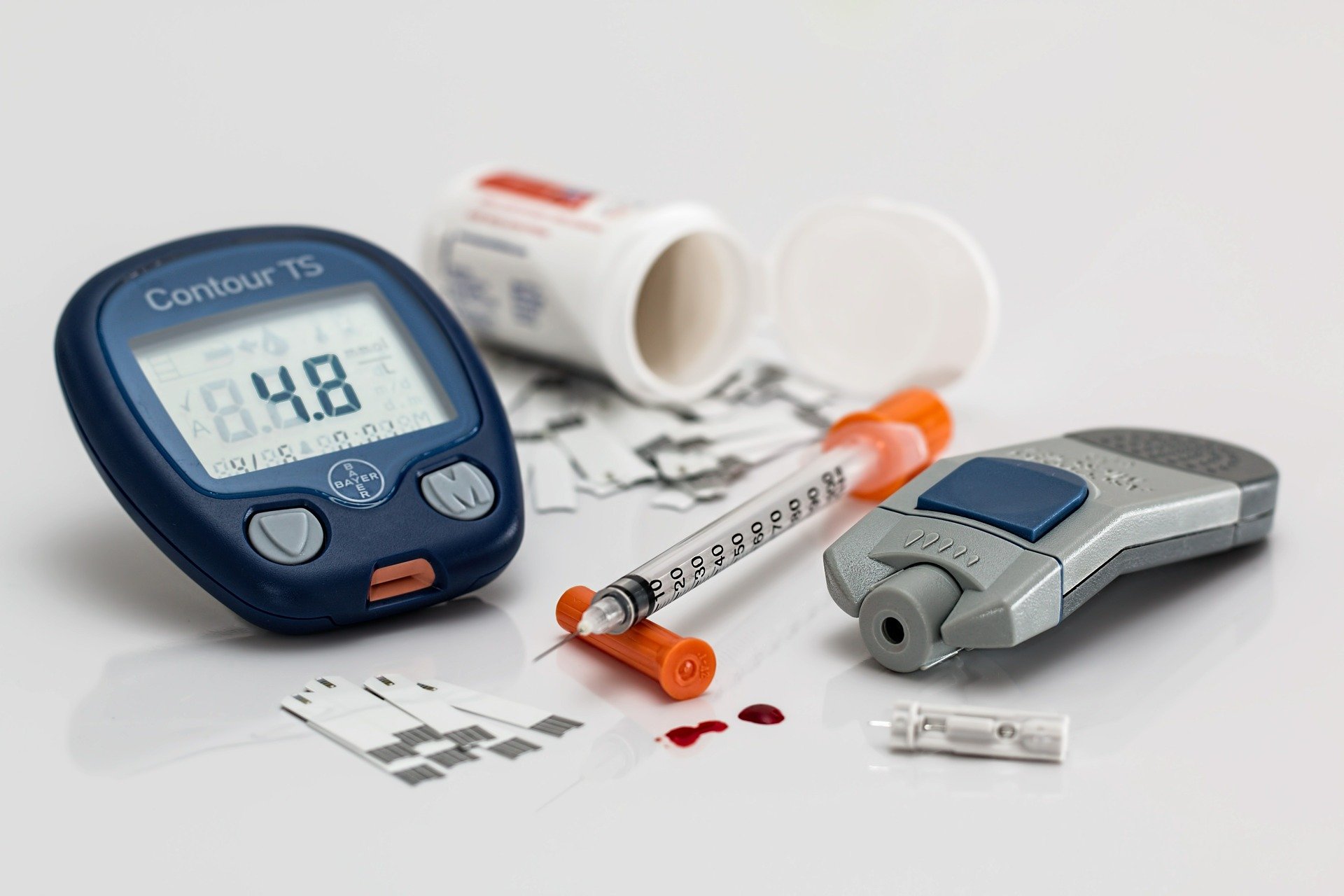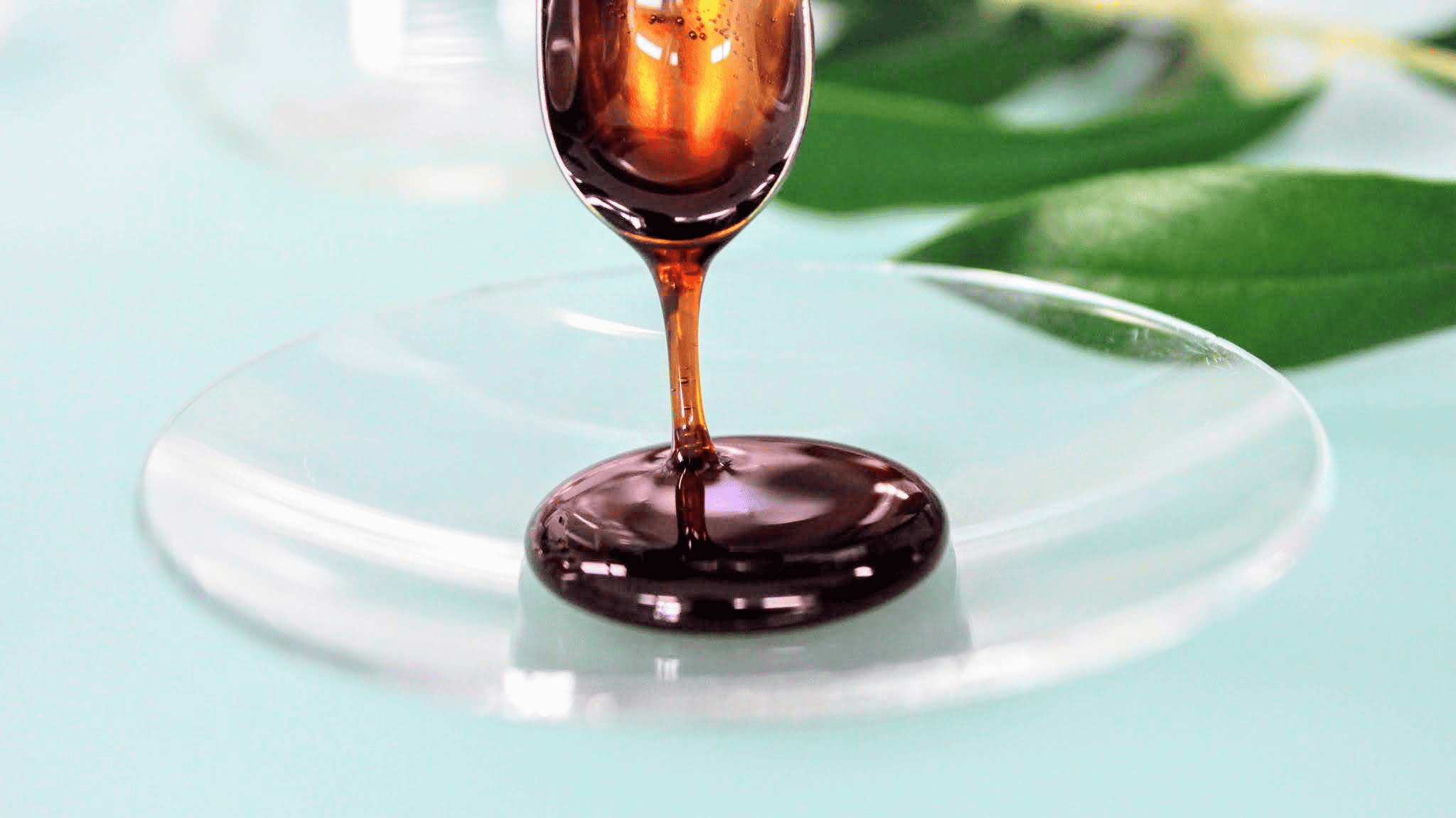
Insulin therapy, which celebrated its 100th anniversary in 2021, has probably saved the lives of hundreds of millions of people suffering from type 1 diabetes or severe forms of type 2 diabetes. However, it has some risks, if the doses are too high or too low, and is even directly responsible for some potentially fatal conditions – writes the University of Geneva in a press release.
Consequently, the life expectancy of insulin-dependent diabetics is reduced by 10 to 15 years compared to the norm. “Life-threatening hypoglycaemia, negative impact on fat metabolism and increased cholesterol: these are some severe side effects of insulin. This is why we are looking to develop complementary or alternative treatments that are more effective and less dangerous”, summarises Roberto Coppari, a Professor in the Department of Cell Physiology and Metabolism and Coordinator of the Diabetes Centre of UNIGE Faculty of Medicine, who directed this work.
The S100A9 protein proves its worth
In 2019, Professor Coppari’s team identified a protein called S100A9 that regulates blood glucose, lipids and ketones (a product of fatty acidic oxidation in the liver when the body no longer has enough glucose to function), without the side effects of insulin. “To develop a drug, however, we had to understand how this protein works precisely and demonstrate its effectiveness in animal models,” emphasises Girorgio Ramadori, a research associate in Professor Coppari’s lab and lead author of this study.
The team first set out to decipher the mode of action of S100A9 in diabetic mice. “It turns out that this protein acts in the liver,” says Gloria Ursino, a first author of the study and post-doctoral fellow in the research team. “It activates the TLR4 receptor, which is located on the membrane of certain cells, but not on the hepatocytes, which are the main functional cells of the liver.” This is excellent news from a pharmacological point of view: it means that S100A9 does not need to enter the liver cells to act and allows for a simple injection mode of administration.

In diabetic people, insulin deficiency can cause a sudden increase in ketones and acidification of the blood, a mechanism called diabetic ketoacidosis. This is a life-threatening emergency that affects 2-4 percent of people with type 1 diabetes every year. “TLR4 activation in the liver controls the production of ketones,” explains Gloria Ursino. “But this activation process does not trigger inflammation, whereas TLR4 is usually pro-inflammatory. The S100A9-TLR4 dialogue therefore seems to act as a totally unexpected anti-inflammatory drug.”
A strategy in several steps
The scientists completed their results by examining the blood of diabetic people arriving at the emergency room with severe insulin deficiency. “A slight but insufficient natural increase in S100A9 is detected,” explains Giorgio Ramadori. “Therefore, additional administration of S100A9 is expected to enhance this compensatory mechanism.”
While the idea of a combination of drugs has already been explored, previous research has focused on drugs that increase insulin sensitivity. “But this only leads to the same results with lower doses. The side effects of insulin therapy remain the same,” explains Roberto Coppari. “Here, we propose a radically different strategy with a drug that works independently of insulin and that can neither trigger hypoglycaemia nor disrupt fat metabolism.”
The scientists will initially test their drug in conjunction with low doses of insulin, but do not rule out the possibility of administering the S100A9 protein alone in the future, in specific conditions. To further develop this highly innovative therapy, Roberto Coppari and Giorgio Ramadori have created a start-up company, Diatheris, supported by UNITEC, the UNIGE’s technology transfer office, and FONGIT, the main foundation supporting technological entrepreneurship in the canton of Geneva.
Selected for you!
Innovation Origins is the European platform for innovation news. In addition to the many reports from our own editors in 15 European countries, we select the most important press releases from reliable sources. This way you can stay up to date on what is happening in the world of innovation. Are you or do you know an organization that should not be missing from our list of selected sources? Then report to our editorial team.






